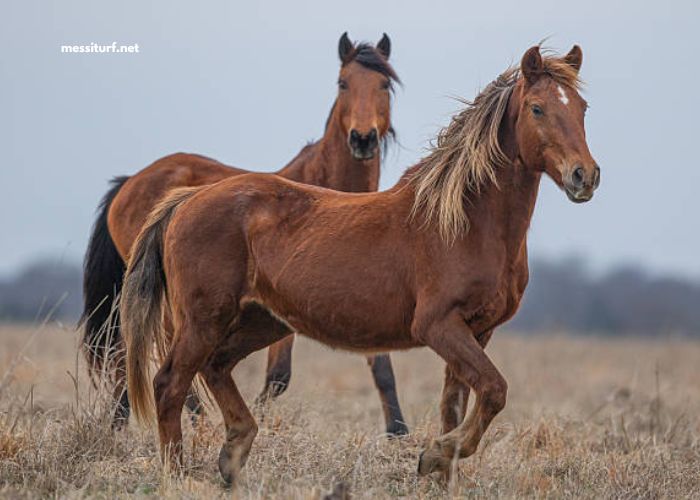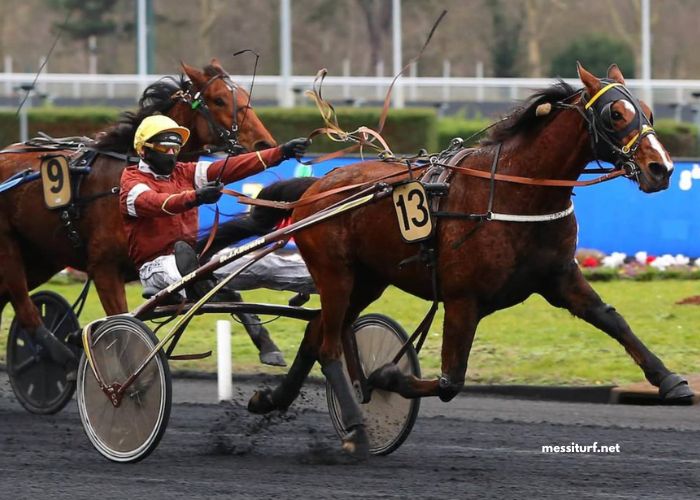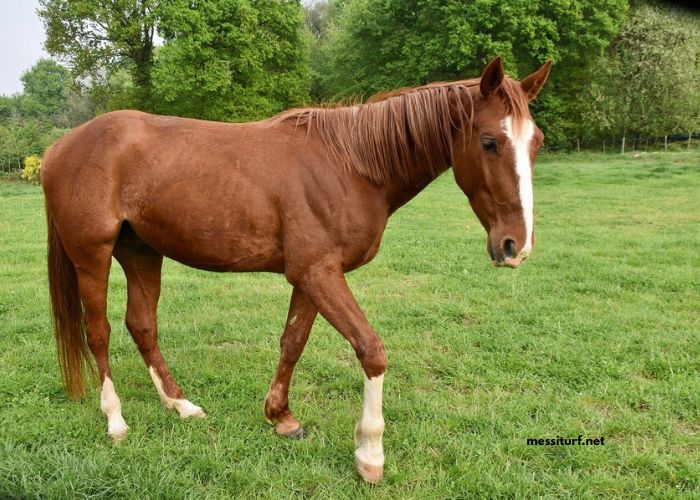Horses, with their grace, power, and freedom, have captivated human imagination for centuries. Though domesticated horses are common sights in pastures and stables, wild horses offer a glimpse into the unbound spirit and natural behaviors of these majestic creatures. Roaming vast landscapes, wild horses embody freedom and survival, providing a fascinating insight into their natural habitat and the challenges they face. Discover the finest quality turf products at AbdellatifTurf. We offer a wide selection of premium turf for your landscaping needs.
A Journey into the Wild
Wild horses, also known as feral horses, are descendants of domesticated horses that have returned to a wild state. These horses can be found in various parts of the world, from the American West to the rugged terrains of Australia and the untamed plains of Mongolia. Each population has adapted uniquely to its environment, showcasing a remarkable resilience and ability to thrive in diverse conditions.
The Mustang: Symbol of the American West
One of the most iconic groups of wild horses is the American Mustang. These horses are descendants of Spanish horses brought to the Americas by explorers in the 16th century. Over time, Mustangs adapted to the harsh conditions of the American West, developing strong survival instincts. They are known for their stamina, agility, and a fierce sense of independence. The sight of a Mustang galloping across the plains, mane flying, is a powerful symbol of freedom and the untamed spirit of the West.
The Brumby: Australia’s Wild Horse
In Australia, wild horses are known as Brumbies. They descend from horses brought by European settlers in the 18th century. Brumbies have adapted to the varied Australian landscape, from coastal regions to arid interiors. They are incredibly hardy, able to survive in some of the most challenging environments. Brumbies have become an integral part of Australian folklore, embodying the rugged, pioneering spirit of the continent.
The Przewalski’s Horse: A Living Fossil
The Przewalski’s horse, native to the steppes of Central Asia, holds a unique place in the world of wild horses. Unlike Mustangs and Brumbies, Przewalski’s horses were never domesticated and are considered the last truly wild horse species. They were once on the brink of extinction but have been brought back through successful conservation efforts. These horses are stocky, with a distinctive dun coat and erect mane, and are a living link to the prehistoric ancestors of modern horses.
Social Structure and Behavior
Wild horses typically live in small groups called bands or harems, consisting of a dominant stallion, several mares, and their offspring. This social structure is crucial for their survival, providing protection against predators and facilitating the rearing of young. The dynamics within a band are complex, with a clear hierarchy and strong bonds between members. Observing wild horses interact reveals a rich tapestry of communication, from subtle body language to vocalizations.
Challenges and Conservation
Despite their iconic status, wild horses face numerous challenges. Habitat loss, competition with livestock, and climate change threaten their existence. In some regions, wild horse populations are considered invasive, leading to controversial management practices, including roundups and culling.
Conservation efforts are crucial to ensuring the survival of wild horse populations. Organizations and government agencies work to balance the needs of wild horses with ecological and agricultural interests. Strategies include population management through fertility control, habitat preservation, and relocation to more suitable environments.
Conclusion
Wild horses, with their beauty and resilience, continue to inspire awe and admiration. They are living symbols of freedom, embodying the untamed spirit that many humans find so compelling. By understanding and protecting these magnificent creatures in their natural habitats, we preserve not only a part of our natural heritage but also the essence of what it means to be truly wild and free.




